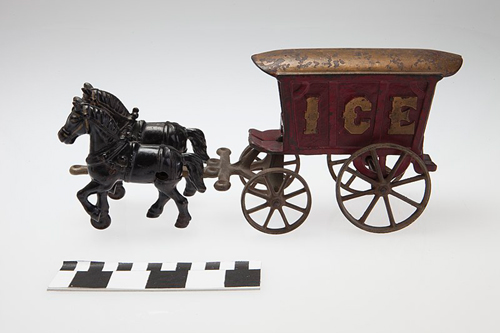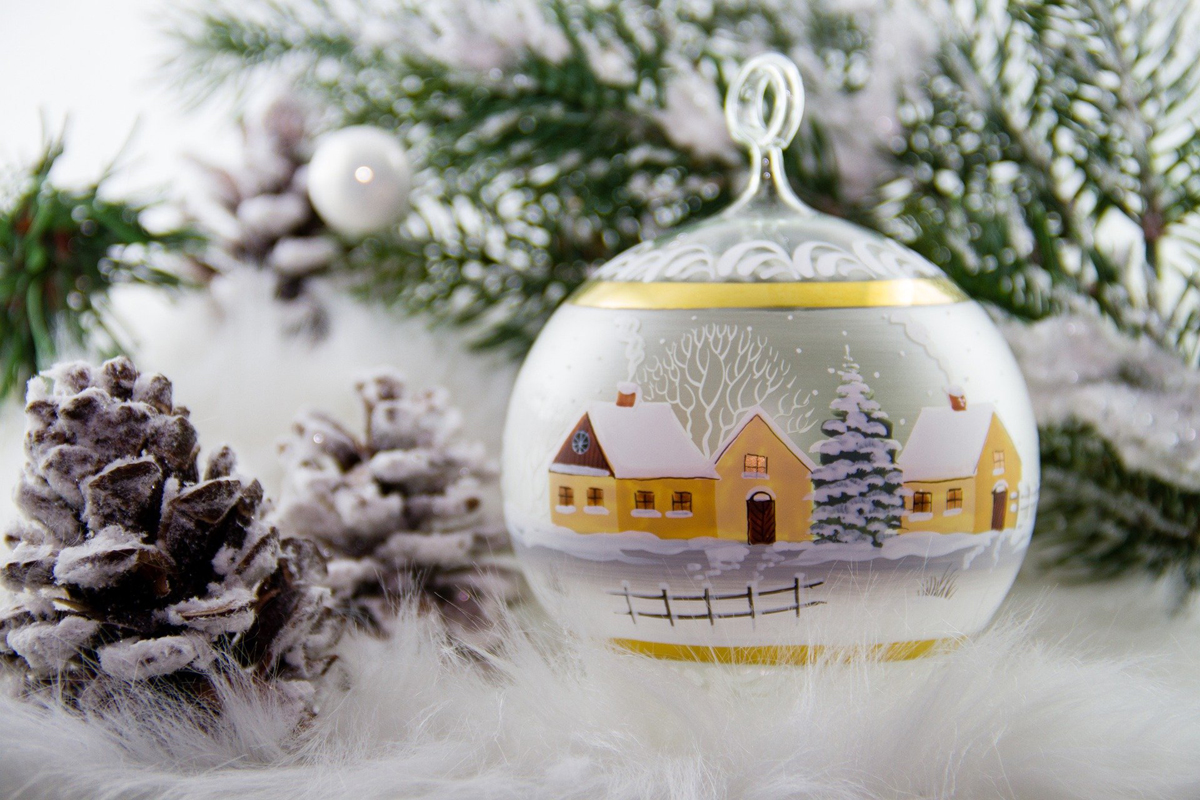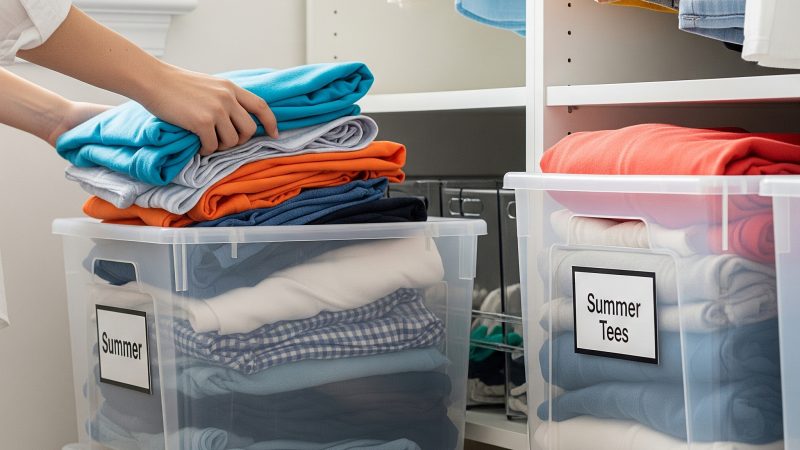Determining The Authenticity of Cast Iron

Resilient to abuse and versatile by nature, ‘Cast’ iron was so named because it is made by ‘casting’ (pouring) molten iron into a mold. The 1830’s through the middle of the 1850’s was a period when cooking vessels – and the stoves on which to cook with them – were made of cast iron, and made in abundance. Fanciful castings were also in great demand during this time for windows, furniture and lawn decorations.
Assisted by the technological advances of the Industrial Revolution, toys made of cast iron eventually made their debut. The more popular designs of such things as doorstops and toys were made for many decades, making authentic examples reasonably accessible today, if a bit pricey. The first cast iron mechanical bank was successfully marketed in 1868.
To produce a cast iron piece a pattern maker would make a model of the item to be cast. Although sometimes metal patterns would have been made for continuous re-casting of the numerous small parts of a toy or bank, the main pattern would usually be made of wood. Pattern makers were often artists skilled in wood carving.
Sand casting was the method of choice for decorative items like doorstops, as well as banks and toys. Sand casting entailed the use of a very fine sand mixed with a binder to hold it firm. The damp sand would be used to mold the exterior features of the model or ‘die’, which was then removed, leaving an image of its pattern behind in the packed sand. Sprues would be cut in the sand and then melted ‘pigs’ of iron would be poured through the channels to fill the pattern.
When cool, the resulting piece of cast iron would be removed from the mold. If flaws or imperfections were visible, a piece would simply be tossed back to be melted down once again. If the casting was a good one, the surface of the piece would be carefully finished and polished. Separate pieces would be bolted or riveted, pinned in some way or, in the case of many turn of the century and later pieces, screwed together to complete the finished article.
Because of the craftsmanship and hand labor required to make them, earlier cast iron, toys and banks that were made in this way were never inexpensive when first sold. They were made by skilled workers who took great pride in their work. Their craftsmanship is still recognizable in the pieces they made that survived the times.
Is it Old?
Today, newly made ‘fantasy’ character and advertising pieces, as well as other types of cast iron, are widely sold for decorative and utilitarian use. Since the 1970’s companies who specialize in the collectibles market have been heavily reproducing things like doorstops, mechanical banks, toys and kitchen goods created from molds taken from old and authentic pieces. These days, fantasy items of every stripe have also entered the market.
These types of goods are most often cheaply made and exported from countries like India, China and Mexico. Because the method of manufacture is primarily intended to churn out a great number of items cheaply and quickly, rather than each piece being made by specialized craftsmen focused on quality, it is usually fairly easy to differentiate unmarked reproduction items from authentic cast iron pieces if you are aware of the features and details to look for that can help identify them.
Production Aspects of New Iron Products
As a general rule, imported reproductions of vintage cast iron toys/banks will be heavier and less detailed than their original counterpart, and the pieces often don’t fit well together. Obvious misalignment of major sections at joints, warped castings, or incomplete castings, should alert you that the item is not of the quality one would find in a truly old piece. In addition, old cast iron is incredibly smooth to the touch, almost silky; it will never be rough or grainy. Antique pieces were cast in extremely fine sand which rendered crisp detail. The makers of cast iron reproductions have always used coarse sand. Not only does this result in lost details, but a grainy or pebbled surface is almost always the result. If you aren’t sure how to identify this type of surface visually, then don’t try. Close your eyes and let your fingers tell you the age of a suspect item.
Any excess flash should be a dead giveaway, too. Flash is a thin edging of excess metal that stands proud along the edges of seams or design elements – inside the spokes of a wheel, for instance, or the inside edges on the coin slot of a bank. Old pieces were always well finished along all edges, even inside the crevices of open details like scroll-work. Very little to no flashing will be present on an old piece. Basically, if the casting looks crude on a piece, you should be suspicious of the item. If flashing isn’t obvious but rough grinding marks are, this is also an indication of newer make. Modern power tools like electric grinders didn’t exist in 1890. Any finishing marks should be near to invisible if the piece is truly old.
Remember, original, late 1800’s/early 1900’s pieces were hand cast, finished and assembled by craftsmen who took pride in their work. Cast iron toys and banks, in particular, were often expensive so their makers took great care to ensure that their product looked good enough to be worth the price they would be asking someone to pay for them.
Item Characteristics to Consider
Antique cast iron will have a better level of detail in paint. The paint and trim on the originals was applied much more expertly; look especially at faces on figural pieces. Old, original paint may appear to be fairly thickly applied and its surface will often have a hard, well cured look.
Newer pieces are usually mechanically spray painted with a thin layer of paint, although not always. Sometimes a piece is left completely bare or will have been stripped of the factory applied paint in order to more easily make it look ‘aged’.
Beware, too, of fake ‘patina’ that may have been wiped on to dull the over-bright look of new paint. Some fakers will go so far as to actually bake items in an oven to quickly age new paint surfaces; or they will bury a cast iron item briefly to achieve the same effect.
Dings or scrapes to surfaces to suggest wear, and therefore age, can easily be artificially produced on a new item. Use your common sense to ask yourself where an authentic item that was used or played with should be expected to have wear. New items may have ‘wear,’ but it often won’t be on the areas of the piece where it should logically be found. If you can see wear in inappropriate areas of a piece, but a pristine surface in the places where wear would logically be expected, you almost certainly are looking at a fake.
Old pieces were never held together with modern Phillips head screws, which began being commercially manufactured ca. 1940. If you see a Phillips head screw under supposedly original paint, then the item is without doubt a reproduction. Phillips head screws will never be found in an antique piece from the late 1800’s. Fakers, of course, know that collectors have gotten wise to this oversight and many newer cast iron fakes and reproductions are now produced with slotted screws that more closely resemble those that would be found in authentic pieces.
Quite a few foundries embossed their production with a mark, name or patent number. Hubley was a company noted for cast iron toys and decorative items like doorstops that frequently had their name incorporated in the mold. However, since some reproductions are produced from molds made by using an original piece, a maker’s name isn’t always proof that an item is authentic. Reproductions and fantasy items currently in production today are rarely marked with anything more than a paper label which soon disappears. ‘Taiwan’ is a mark sometimes found on the base of some reproduction mechanical banks made from the 1970’s through the 1980’s. This is not the mark of a turn of the century American manufacturer.
Look for features that made cast iron toys popular way back when, like an extremely realistic nature for the piece. An antique cast iron buggy toy might have been outfitted with many extras, like reins and harness on the horse, people for the seats and detachable lamps. Intended as toys, these should should roll very smoothly since obviously they were intended to be played with. Reproductions may include a few ‘add ons’ like a driver or some barrels for the back of a wagon, but they usually will lack very small pieces that would be deemed a child hazard by today’s standards. Invariably, modern cast iron toys and banks are rather clunky in motion, too, though they may function.
The above are just some of the ways it is possible to tell authentic from reproduction cast iron. Since cast iron toys, banks and similar ‘collectible’ items are being widely reproduced at present it would be advisable to research the subject thoroughly in order to obtain the necessary knowledge prior to making a purchase yourself. This will give you the easy ability to accurately present an item to a customer as being an ‘old’ and/or authentic piece.
The Author:
Karen Frishman serves as Director of Marketing for Ruby Lane, an online mall hosting individually-owned shops specializing in antiques and art, vintage collectibles and jewelry. Visit Ruby Lane
Photo. Missouri History Museum
Source: EzineArticles.com








